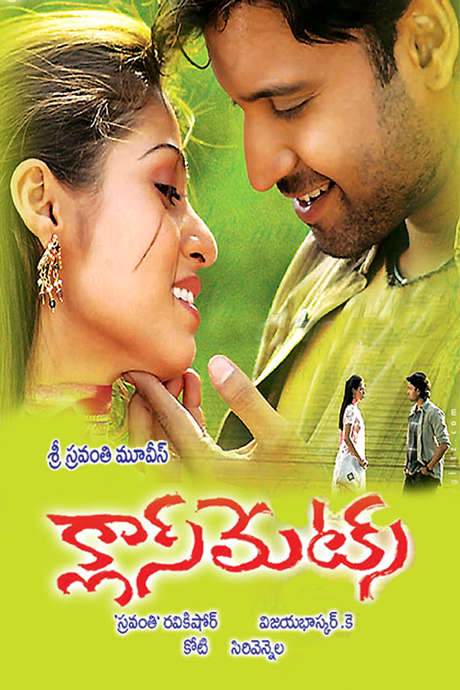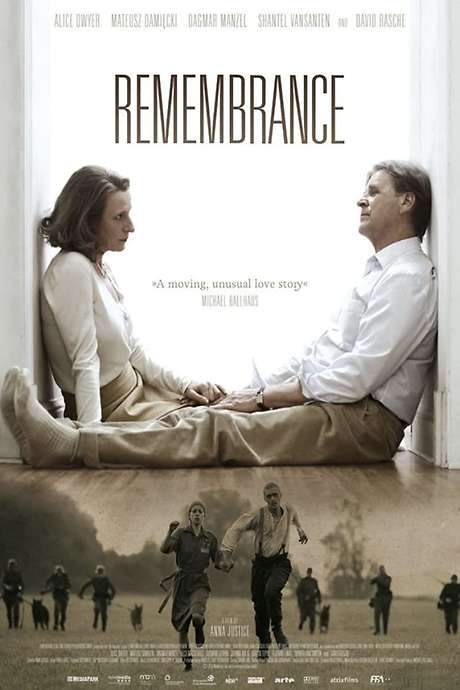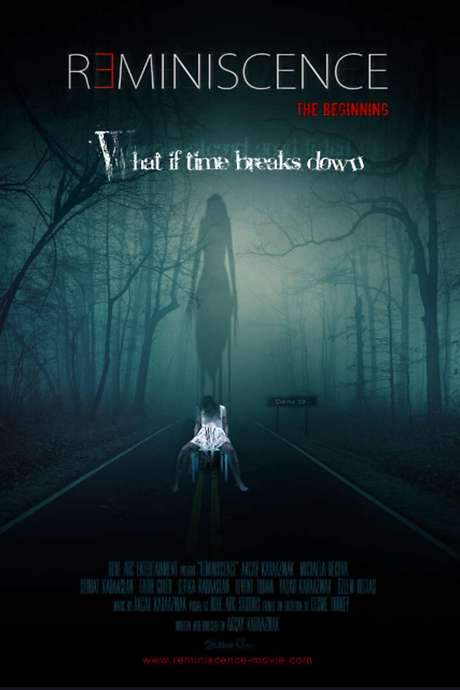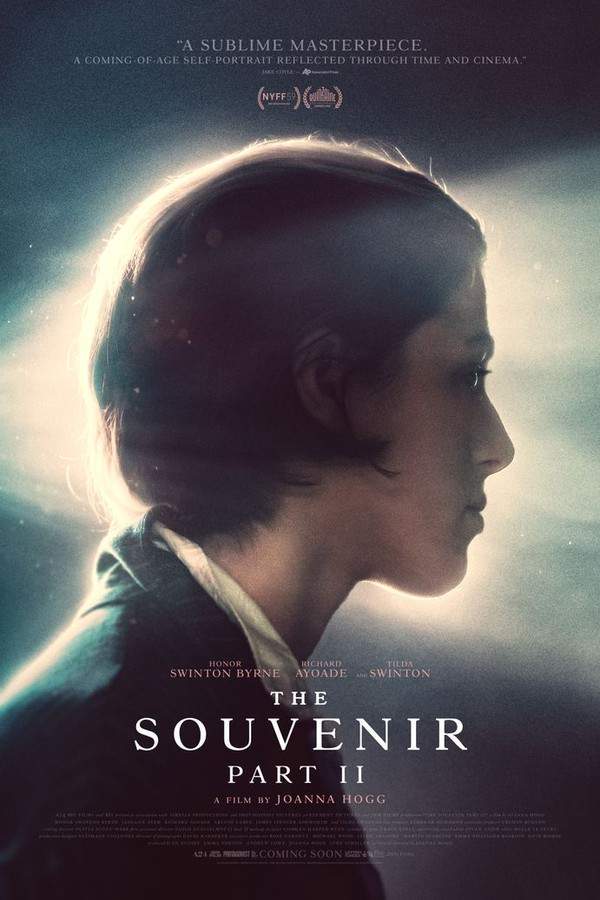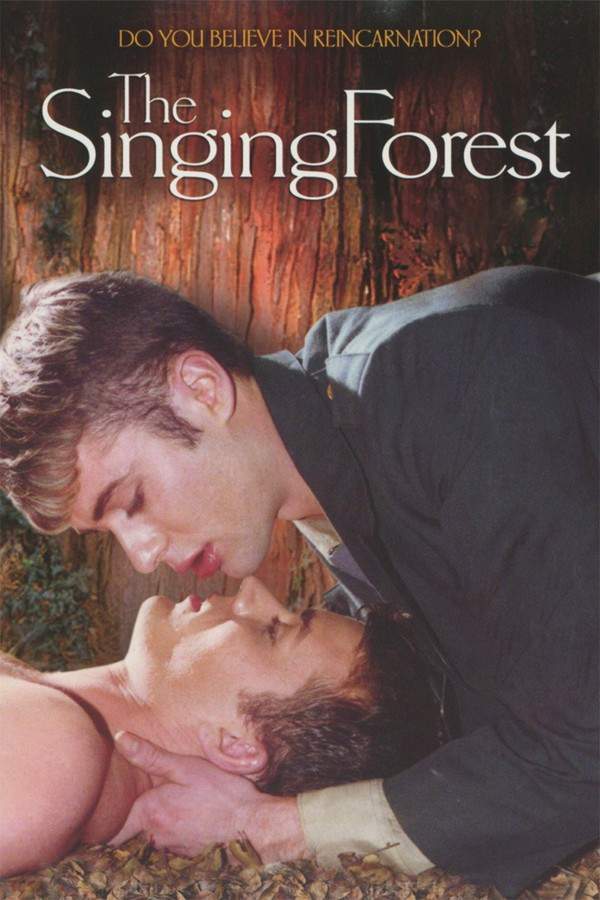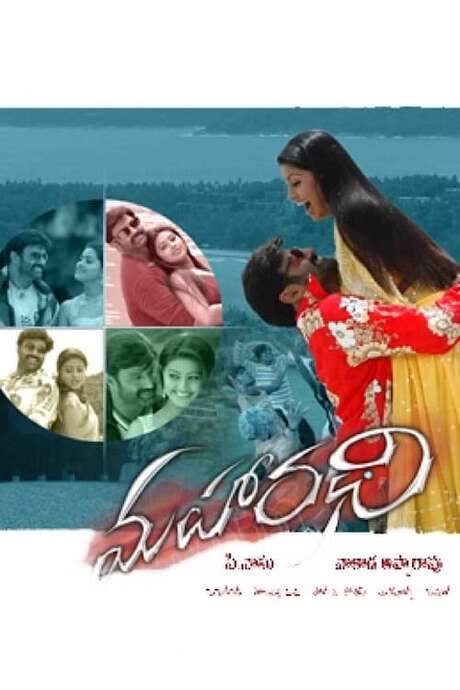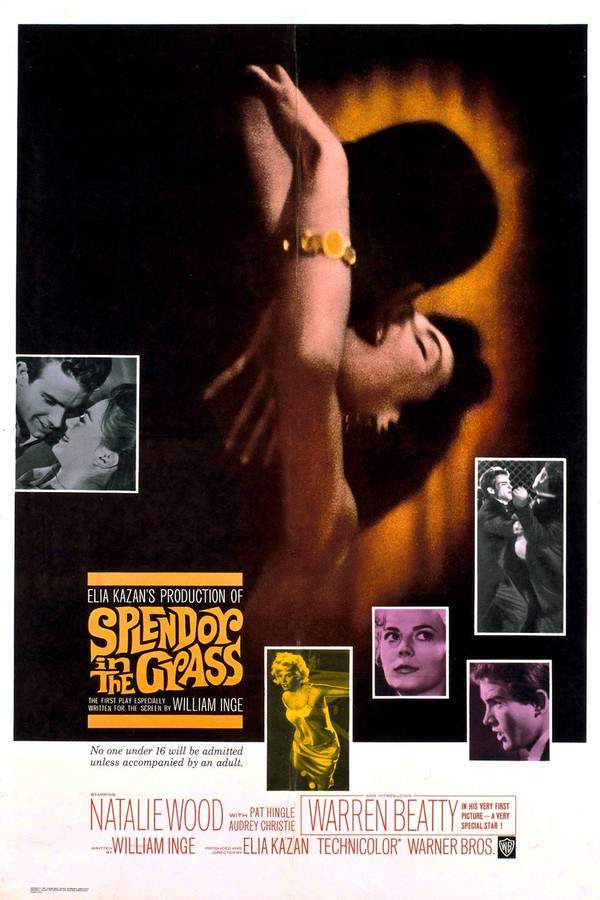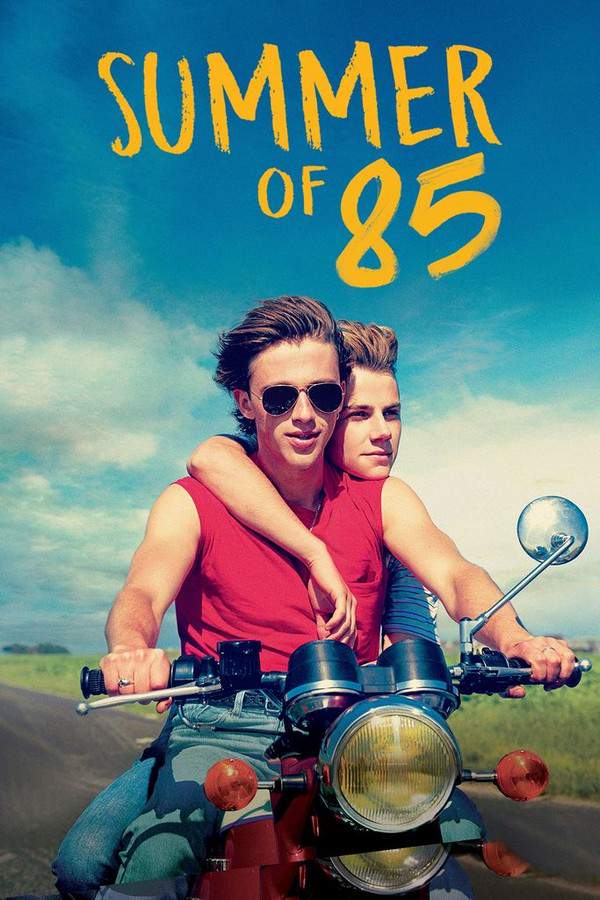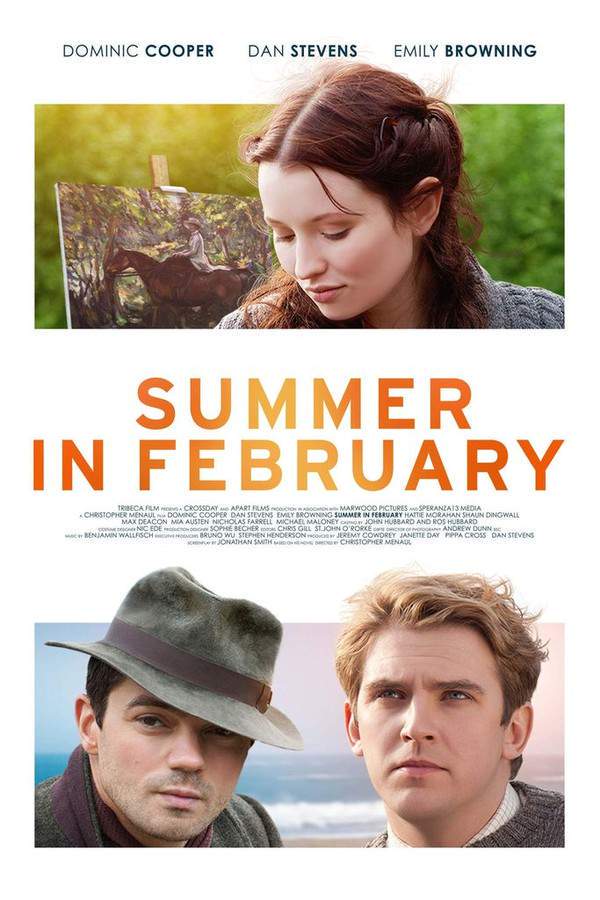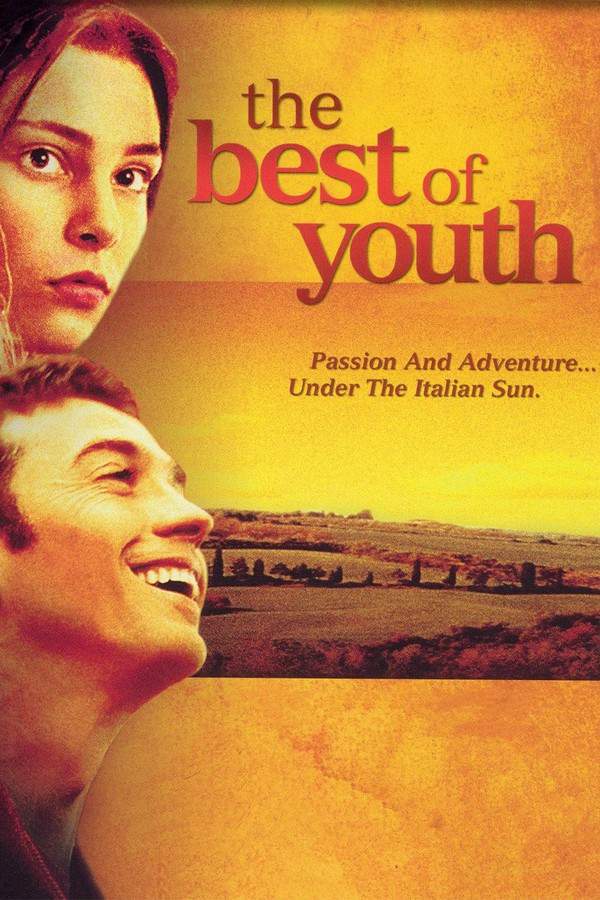
Lovers’ Concerto
Year: 2002
Runtime: 106 mins
Language: Korean
Director: Lee Han
Love’s a threesome. A college student befriends two cute girls his age. He loses contact with them. He tries to find them years later.
Lovers’ Concerto (2002) – Spoiler-Free Movie Summary & Plot Overview
Get a spoiler-free look at Lovers’ Concerto (2002) with a clear plot overview that covers the setting, main characters, and story premise—without revealing key twists or the ending. Perfect for deciding if this film is your next watch.
In a softly lit Seoul campus where the rhythm of youth collides with the hum of everyday life, the film moves like a series of photographs—each frame a memory that blurs the line between past and present. The storytelling embraces a non‑linear, dream‑like structure that lets moments fold into one another, creating a mood that feels both intimate and wistful, as if the viewer is leafing through a personal album whose edges are gently worn.
At the heart of the picture is Lee Ji‑hwan, an amateur photographer whose curiosity makes the ordinary feel cinematic. He drifts through cafés and city streets with a camera perpetually ready, seeking the fleeting glances and quiet gestures that hint at deeper stories. His world expands when he encounters two peers, Gyung‑hee and Soo‑in, whose bright personalities and shared love of film spark an immediate, almost electric companionship.
The trio’s connection is layered with the kind of soft tension that comes from unspoken feelings and playful misunderstandings. Their conversations echo the poetry of the movies they adore, especially a line that lingers like a refrain: “I’m in love. It hurts but I want it to go on hurting.” This shared cultural reference becomes a subtle soundtrack to their interactions, hinting at an affection that is as fragile as it is magnetic. Their days together are marked by the small rituals of friendship—notes, jokes, and the quiet observation of one another’s quirks—each suggesting a deeper bond without ever spelling it out.
Years later, when the cadence of college life fades, a simple, handwritten envelope arrives, pulling Ji‑hwan back toward the unfinished chapters of his past. The promise of rediscovering those lost connections sits at the film’s core, inviting the audience to wonder how memory, longing, and the passage of time shape the paths we choose to follow.
Last Updated: October 23, 2025 at 16:17
Explore Movie Threads
Discover curated groups of movies connected by mood, themes, and story style. Browse collections built around emotion, atmosphere, and narrative focus to easily find films that match what you feel like watching right now.
Movies about bittersweet reunions like Lovers’ Concerto
Unfinished pasts return, forcing characters to confront love and grief.If you liked the haunting reunions and legacy of love in Lovers’ Concerto, explore other movies where characters reconnect after a long separation. These films share a similar focus on memory, missed connections, and the bittersweetness of confronting a past permanently altered by loss, illness, or tragedy.
Narrative Summary
The narrative pattern typically involves a non-linear structure that juxtaposes a cherished, often idealized, past with a somber present. A protagonist is driven to reconnect or uncover the truth about people from their past, leading to a journey of discovery that resolves misunderstandings but is tempered by the profound sadness of what has been lost. The emotional journey is one of reconciling joyful memories with present grief.
Why These Movies?
Movies in this thread are grouped by their shared emotional core of nostalgia meeting irreversible change. They deliver a specific, heavy emotional weight through a mix of tender romance and deep sadness, using memory as a central narrative device to immerse the viewer in a reflective, melancholic state.
Melancholic youth romance movies like Lovers’ Concerto
Stories that capture the beautiful, transient joy of youth tinged with impending sorrow.For viewers who appreciated the tender yet tragic summer romance in Lovers’ Concerto, this collection features similar movies about the ephemeral nature of youth. These films blend the joy of first love with an underlying melancholy, often using memory and loss to reflect on the fleeting beauty of a specific time and place.
Narrative Summary
These stories often begin with or are built around the recollection of a golden era. The central conflict is not an external antagonist but the inevitable passage of time and the arrival of adulthood, illness, or separation. The plot structure serves to contrast the unburdened lightness of the past with the weight of the present, focusing on the emotional impact of remembering something beautiful that is gone.
Why These Movies?
These films are connected by their specific tonal blend: the radiant warmth of youthful discovery combined with a pervasive, haunting melancholy. They share a similar pacing that lingers on tender moments, making the eventual emotional payoff—the confrontation with loss or change—feel incredibly heavy and resonant.
Unlock the Full Story of Lovers’ Concerto
Don't stop at just watching — explore Lovers’ Concerto in full detail. From the complete plot summary and scene-by-scene timeline to character breakdowns, thematic analysis, and a deep dive into the ending — every page helps you truly understand what Lovers’ Concerto is all about. Plus, discover what's next after the movie.
Lovers’ Concerto Summary
Read a complete plot summary of Lovers’ Concerto, including all key story points, character arcs, and turning points. This in-depth recap is ideal for understanding the narrative structure or reviewing what happened in the movie.

Lovers’ Concerto Timeline
Track the full timeline of Lovers’ Concerto with every major event arranged chronologically. Perfect for decoding non-linear storytelling, flashbacks, or parallel narratives with a clear scene-by-scene breakdown.

Characters, Settings & Themes in Lovers’ Concerto
Discover the characters, locations, and core themes that shape Lovers’ Concerto. Get insights into symbolic elements, setting significance, and deeper narrative meaning — ideal for thematic analysis and movie breakdowns.

More About Lovers’ Concerto
Visit What's After the Movie to explore more about Lovers’ Concerto: box office results, cast and crew info, production details, post-credit scenes, and external links — all in one place for movie fans and researchers.


